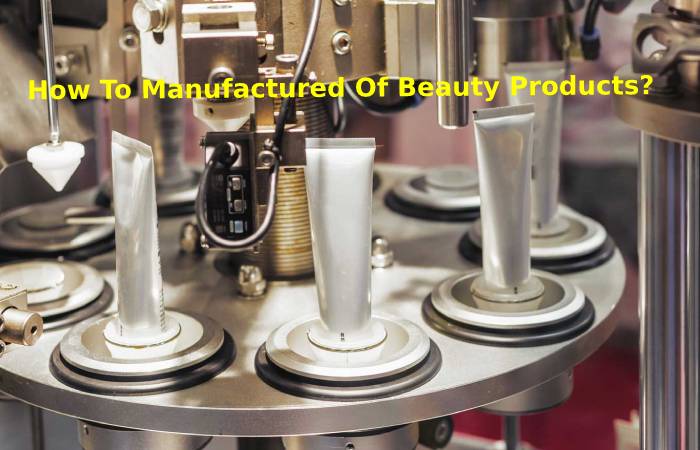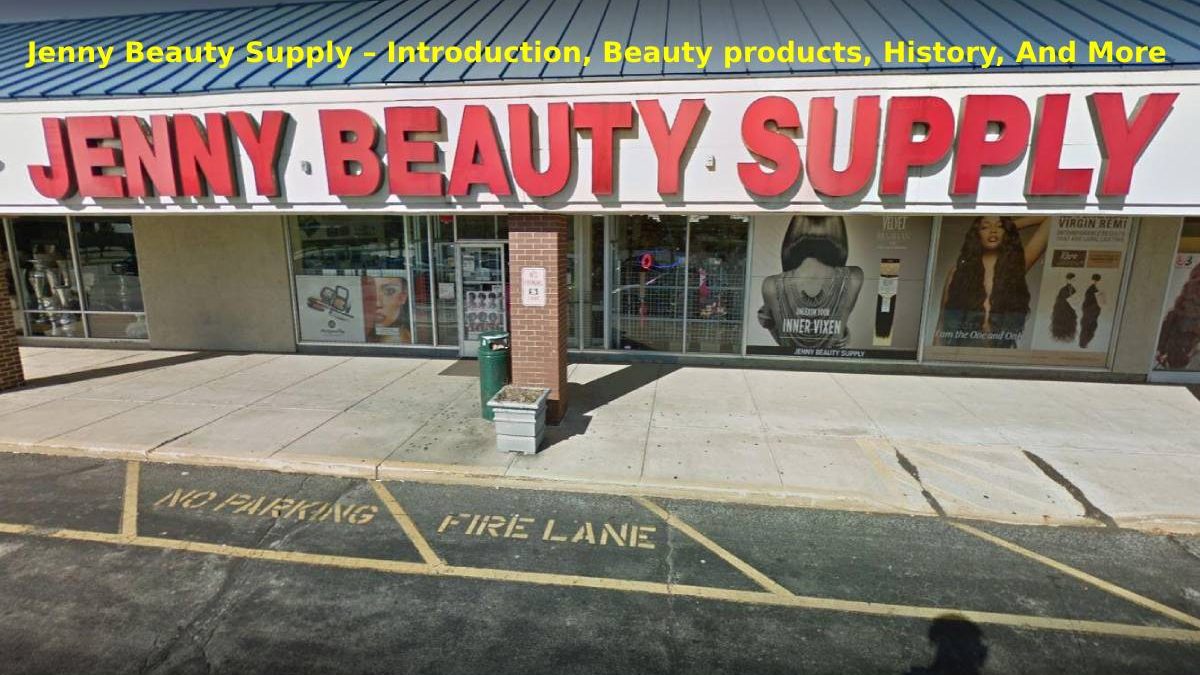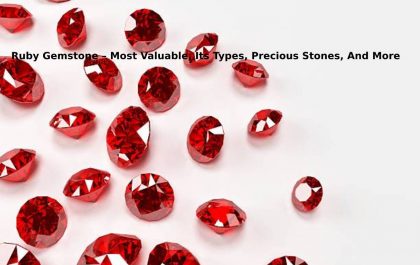Table of Contents
Introduction
Jenny Beauty Supply – The beauty regimen has always seemed a mystery to us. We have talked a lot about cosmetics, laws, regulations, etc., but surely, due to human curiosity, we would like to know something more about the history of cosmetics. Consequently, in this article, we want to take a brief tour of the history of cosmetics, from the ages, up to the present-day day. And although the singer has sharing some of her favourite products with the press, we have always known that there are other secrets behind that beauty and eternal youth.
How To Manufactured Of Beauty Products?

The most exciting thing is that the main ingredient is an old family secret, which is very common in the home: olive oil. According to his own words, olive oil was use by his mother and her grandmother, not only in meals but also in homemade beauty recipes. However, their products do not contain a simple olive oil but a four-part combination of squalane oil, fermented oil, extra virgin oil and leaf extract oil. This combination deposits antioxidants into the skin and is clinically proven to keep it moisturized all day. They have made my life better, making it more beautiful, more straightforward,
Nowadays, there is a wide variety of cosmetics, and many of them are made with natural ingredients. Still, in this article, you will find information about the principal chemical components of cosmetics and some general processes to make lipstick, mascara and blush.
The first step is intense research, during which new products are experimenting with. Studies are then carry out to predict the behaviour of the effect on the skin over time. Studies are carry out with volunteers, the formula is adaptes , and a series of regulations must be complied with to ensure the quality of the product before it can reach the final customer.
What Are History About The Elaboration Of Cosmetics?
It seems that makeup is a frivolous subject that only interests women. Still, cosmetics playing an essential part in the advancement of civilization as they changes body aesthetics and allows the expression of religions and beliefs. discover healing abilities in scented oils, and from then on, their cosmetic industry grew and became an essential part of the religion. The Egyptians use eye lines, oils, and colors to enhance their appearance. women were not considering beautiful if they did not wear makeup, this causing the prices of cosmetics to rise, and only rich women had access to them.
People were executes if they wore nail polish in public because this was a privilege of the rich. During the Middle Ages, cosmetics disappearing from the map and were only using by prostitutes to exaggerate their beauty. The Church spread the belief that pagans and worshipers of Satan only using cosmetics. The only ones who could wear makeup without a problem were the actors.
Most Common Ingredients To Make Cosmetics
The key ingredients in most cosmetics include water, emulsifiers, preservatives, thickeners, moisturizers, colors and fragrances. The components can be of natural or artificial origin. There are even potentially dangerous chemicals, but they are uses in quantities too small to put human health at risk. A representative product contains between 15 and 50 ingredients, and the main ones are:
Agua
It forms the base of almost any cosmetic, including creams, lotions, makeup, deodorants, shampoos, and conditioners. Also It is an ingredient that acts as a solvent. It must be free of microbes, toxins and other contaminants.
Emulsionantes
Any ingredient helps different substances, such as water and oil, hold together. The emulsifier changes the surface tension between the water and the oil so that they mix with a uniform texture. The most used emulsifiers in cosmetics are polysorbates, Laureth-4 and potassium cetyl sulfate.
preservatives
They are adding to extend the shelf life of the cosmetic and prevent the growth of microorganisms such as bacteria also fungi that can spoil the product and harm the user. Most microbes live in water, and preservatives must be water-soluble. Some of the most customarily use preservatives are parabens, benzyl alcohol, salicylic acid, formaldehyde, and tetrasodium EDTA
Thickeners
They serve to give cosmetics an attractive consistency. They can be lipid, polymer, mineral or synthetic thickeners. Lipid thickeners are usually solid at room temperature and add thickness to the formula. Naturally derived thickeners come from nature and are polymers that absorb water. Mineral thickeners are also natural and absorb water and oils to increase viscosity. Synthetic thickeners are often used in lotions and cream products.
Conclusion
They soften the skin by preventing water loss. Some emollients are beeswax, olive oil, coconut oil and lanolin, petrolatum, mineral oil, glycerin, zinc oxide, and diglycol laurate. There are organic pigments, carbon-based molecules, and inorganic pigments, generally metal oxides. Many materials give a shiny effect, and one very common is bismuth oxychloride, which provides an iridescent effect.
Also Read Naked And Thriving Renew Serum – About, Benefits, How It Works?, And More
Related posts
Featured Posts
Ruby Gemstone: What Are The Most Valuable Gemstones?
Ruby Gemstone – It is a very beautiful and valuable stone.Whether due to their colours, size or brightness, throughout history,…
Summer Fashion Trends: About, Dress Trending, Trendy Colors, And More
About Summer Fashion Trends – Summer Season has many different types of Clothes which look So beautiful every Time Wear…



